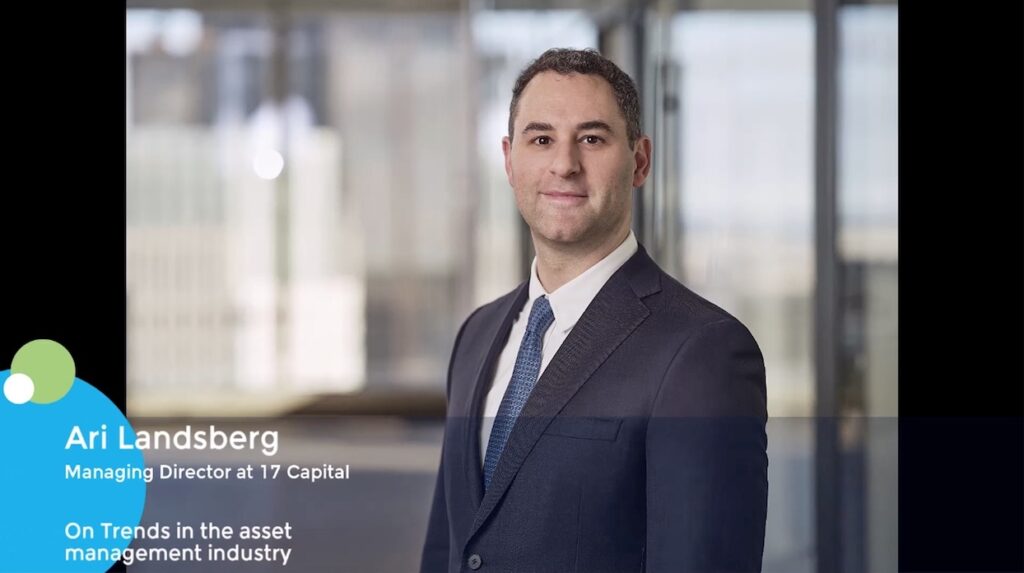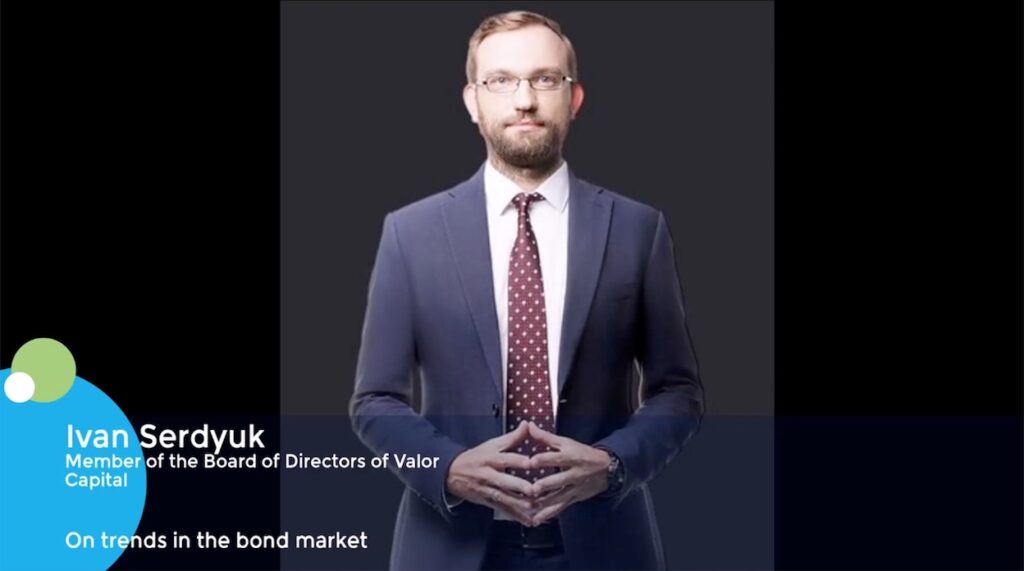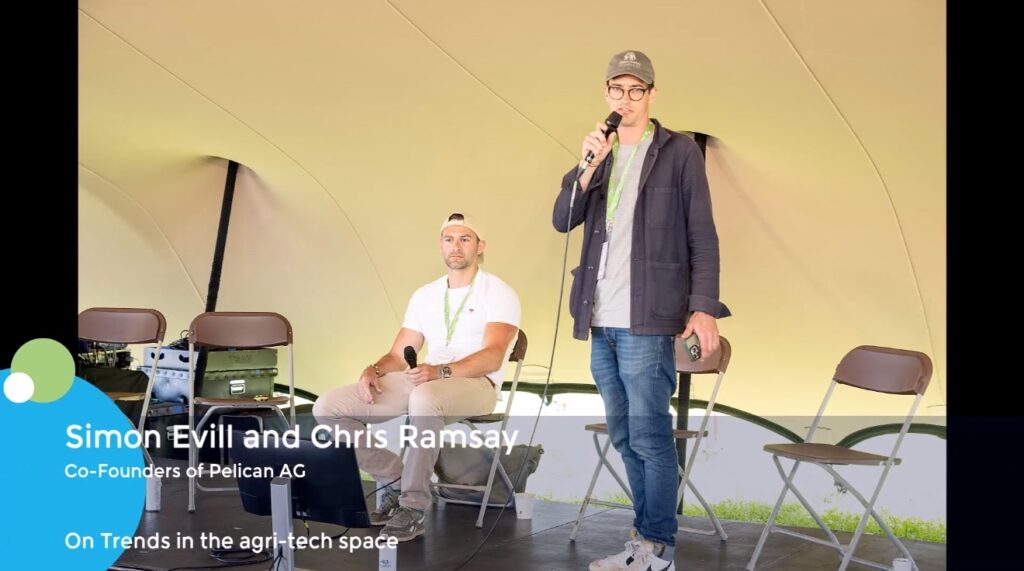Dealmakers bullish on sponsor M&A pick-up ahead of September surge
- Exits up 62%, buyouts up 9% despite post-Liberation Day challenges
- Services sector sees strong deal momentum
- Pipeline of traditional exits and GP-led secondaries building
Ahead of an anticipated September surge in deal launches, the pick-up in sponsor M&A activity that dealmakers expected at the onset of 2025 appears to be materializing.
Despite market jitters in the wake of President Trump’s 2 April Liberation Day tariffs announcement, improving sentiment since then has propelled North American private equity exits to a 62% year-on-year increase, with USD 248bn of deal volume year-to-date, according to Mergermarket data. Buyouts are up over 9% at USD 246bn.
“Deal activity in the first half of the year was pretty solid,” said John Block, co-founder and CEO of Dallas-based private equity firm Unity Partners. “It had a little bit of choppiness, through some of the Liberation Day tariff announcements, but we think overall the markets have been functioning and we expect that to continue.”
Activity at the larger end of the market has underpinned the increase in deal volume. Sponsor exits were led by Energy Partners’ USD 26.6bn sale of Calpine to Constellation Energy, announced in January, and GTCR’s USD 17.6bn sale of a 55% stake in Worldpay to Global Payments in April. Meanwhile, Sycamore’s USD 23.7bn acquisition of Walgreens Boots Alliance in March and Blackstone’s USD 11.5bn purchase of TXNM Energy in May were the largest buyouts.
Deal count – often seen as a barometer for the health of mid-market activity- has also held up. The number of exits is flat year-on-year, while buyout deal count is 6% up.
Post-Liberation Day tremors
This comes despite a challenging overall environment marked by ongoing trade tariffs, which financial sponsor bankers told this news service had hindered their dealmaking ability. One senior sponsor banker said the two months following Liberation Day were the slowest in terms of sponsor pitching activity they had experienced in the past ten years.
Since then, however, momentum has returned, according to market participants. Sash Rentala, a partner and head of financial sponsors at Solomon Partners, said that while overall activity may trail early-year forecasts, it should continue to improve modestly. Deal flow will be supported by the continued build-up of dry powder, anticipated interest rate cuts by the Federal Reserve, as well as limited partner (LP) pressure to generate liquidity, he added.
Amid the immediate post-Liberation Day tremors, LPs themselves harbored concerns over tariff risk, prompting some to hold back on allocation decisions. Still, the expectation is that those who held back may now be ready to move again.
“I think they’re going to continue to think about it [tariffs] across their portfolio companies and sectors, but most LPs have assessed it and intend to continue to put money to work,” said Brian Price, a managing director in Piper Sandler’s private capital advisory group.
More broadly, policy concerns mean that endowments and foundations have been more selective in their allocations to private equity, while general partners (GPs) are seeing increased commitments from family offices, according to advisors.
This comes in a fundraising market that continues to be intensely competitive, marked by a concentration of capital within larger managers. In the mid and lower mid-market, advisors say LPs favor those with a specialism.
“LPs have been thinking more about potentially removing relationships where performance hasn’t been as good for whatever reason, so the slots available for new managers are highly competitive,” said Darius Craton, director at private capital advisory at Raymond James.
Services momentum
In the M&A market, one broad sector is generating a lot of buzz: services. Relatively insulated from the impact of tariffs, the sector is proving a popular hunting ground for private equity firms.
“We expect continued strength in business and tech-enabled services, where solid top-line growth, strong cash flow, and clearly defined value creation levers contribute to a highly attractive investment profile,” said Rentala.
Services sub-sectors such as fire & safety, landscaping, pest control, testing and inspection and outsourced professional services have also seen significant activity. Rentala expects these areas to remain in high demand going forward.
Notable 2025 services deals include Greenbriar Equity’s USD 1.5bn acquisition of aircraft maintenance services provider West Star Aviation from The Sterling Group in June.
Professional services is another market hotspot, not least the accounting sector, where private equity buyers are engaged in a fierce competition to build platforms of scale. Transactions include the merger of Hellman & Friedman and Valeas Capital Partners-backed Baker Tilly with accounting rival Moss Adams in April to form a firm with projected revenue of USD 2.4bn.
The first accounting exits are also emerging. In January, New Mountain Capital exited Citrin Cooperman to Blackstone after just over a three-year hold. TowerBrook Capital, meanwhile, is reported to be working on an exit from EisnerAmper, which it acquired in 2021.
Unity Partners, which invests in a broad array of services sub-sectors, from HVAC, plumbing and electrical to professional services, was itself a relatively early mover in the accounting space. In 2023, it bought NDH -since rebranded as Prosperity Partners – and has been pursuing an aggressive add-on strategy for the Chicago-headquartered firm, as previously reported by this news service.
In the months ahead, the firm expects technological transformation to remain a focal point for dealmaking, according to Block. “We expect continued activity in things touching automation and AI,” he said.
Rentala agreed, pointing to the relative insulation from trade-related uncertainty for businesses providing software-related services. “We also expect there to be continued activity on the kind of essential recurring services side, businesses that demonstrate underlying stability in their business models,” he added.
Secondaries staying power
Looking ahead, with the customary post-Labor Day window about to open, exit volume could be set for a robust end to the year. This news service has reported on a swathe of auctions slated to launch in September, including sale processes for KKR’s Atlantic Aviation and Clearlake and Francisco Partners-backed BeyondTrust Software.
Equity capital market participants, meanwhile, are expecting a busy September for initial public offerings (IPOs), as reported.
Still, while realization activity is recovering after three years of stagnation, the traditional M&A and IPO exit routes are only part of the story. In its 2Q25 earnings call earlier this month, Apollo emphasized the need for innovation in driving monetization. “I do think the broader solutions as an industry to how to solve the PE overhang of monetizations are not just going to occur because of what happens in the IPO market,” said Jim Zelter, the firm’s president.
Amid the post-2022 M&A downturn, many GPs turned to alternative liquidity options, including continuation vehicles (CVs). These technologies are now firmly part of the realization playbook.
“Continuation vehicles and secondary funds with record dry powder mean sponsors no longer face binary exit-or-hold decisions,” said Christopher Zook, chairman and CIO of Houston-based CAZ Investments. “This expanded toolkit allows sponsors to remain selective regarding traditional exits even as activity accelerates.”
According to Evercore, overall secondaries deal flow was around USD 102bn in the first half, up around 41% year-on-year, with GP-led transactions contributing around 47%.
A flood of new entrants is boosting dry powder focused on GP-led secondaries. These notably include traditional buyout shops, while so-called 40 Act Funds – semi-liquid evergreen funds – which so far have favored diversified LP-led transactions, are also appearing in more GP-led deals, according to market participants.
Among the newer entrants, Warburg Pincus has assembled a team to invest in GP-led secondaries, which is being led by Andrew DiGeronimo, who joined from LGT Partners earlier this year. As more traditional direct sponsors enter the market, DiGeronimo expects the attention will shift to secondaries investors who possess more sector-level and specialist expertise.
“Those who have real sector expertise and an asset-first underwriting approach who can move with speed and scale will be able to create a differentiated approach to a market that has traditionally been dominated by generalists,” DiGeronimo told this news service.
Increasing dry powder is also helping prop up larger transactions. “It has really supported larger transaction sizes that can be executed efficiently,” said Quinn Kolberg, a managing director responsible for GP-led secondaries at William Blair. “I think you’re going to see even more large transactions this year.”
Several CVs this year have surpassed the USD 1bn mark, including New Mountain Capital’s over USD 3bn single-asset CV for healthcare business Real Chemistry in March. Among ongoing processes, Kelso & Company is pursuing an over USD 1bn multi-asset CV that could raise over USD 1bn, while Stone Point is targeting around USD 3bn for its multi-asset CV, as previously reported by this news service.











